- characters
- Source
- undo
- redo
- bold
- italic
- underline
- strikethrough
- superscript
- subscript
- forecolor
- BackColor
- removeformat
- insertorderedlist
- insertunorderedlist
- selectall
- cleardoc
- Paragraph
- FontFamily
- fontsize
- justifyleft
- justifycenter
- justifyright
- link
- unlink
- image
- video
- Horizontal
- URL
- OK
- Cancel
- imgSearch
- dragTip
- Local
- Insert video link
- video_size
- videoW
- videoH
- alignment
- themeColor
- standardColor
- honor.post.edit.uploadFormateFail
- emotion
- hide
- Supported format : zip,rar,doc,docx,xls,xlsx,pdf,apk,hwt
- The attachments are not uploaded completely, continue to publish the post?
- Block
- Cancel block
TOP

我的荣耀 开启荣耀之旅
To log in to your account, you must first agree to the HONOR PLATFORM TERMS OF USE and HONOR Platform Privacy Statement. If you do not agree, you may only browse the site as a guest.
- Home
- Log out
- Disagree
- Follow
- Following
- Reply to reveal attachment
- View more
- Letter should not exceed 2500.
- Upload at least one image.
- Upload at least one image.
- Maximum 9 iamges allowed at a time
- size of the image should be less than 20MB
- upload Failed
- Medals
- My Medals
- Go to Medal Center
- Congratulations! You have earned the Newcomer medal!
- You have commented over 100 times in 10 minutes,please try later.
- Gallery
- Message
- Login
- Disagree Terms
- Shop
- Insert video link
- Create/Log in to HONOR Account
- Choose your login method
- Honor Device Co., Ltd.
- Click to go to the HONOR third-party login page
- Maximum number of posts on HONOR Club reached today. Try posting tomorrow.
- View More
- Home
- You have voted.
- User has not voted.
- The message was sent but rejected

HONOR 20i (20 LITE): Three Tips for Stunning Close-up Photography
 Last reply :
Last reply :
The Honor 20i is packed with a 24 MP ultra-wide-angle tri-camera system, offering unmatched value at its price. But did you know that there are some handy settings that can vault your pictures into the realm of professional quality? To find out, take a look at some of the tips below.
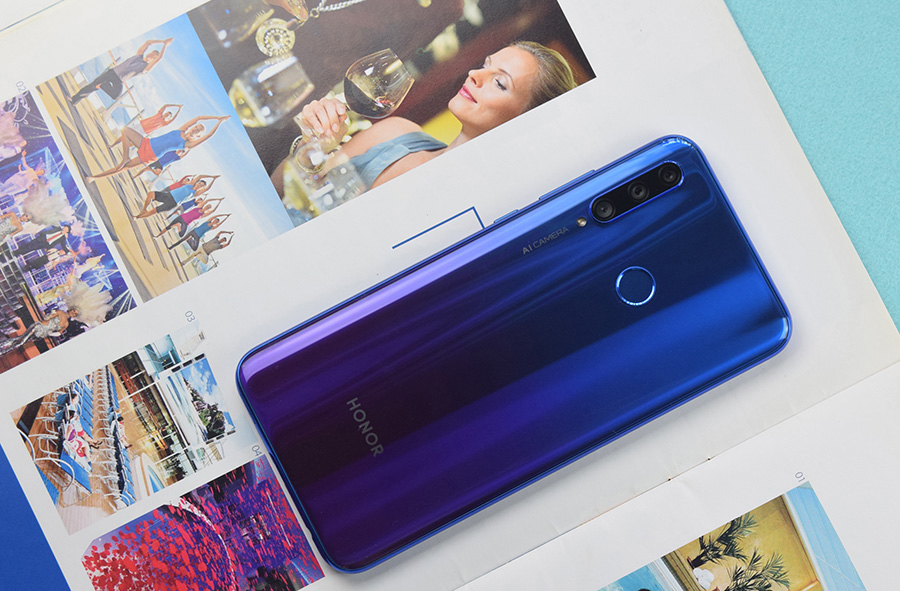
1. Assistive Grid
Do you find that your pictures often come out crooked or out of balance? The "rule of thirds" is an important principle in composition, and a helpful rule of thumb for any aspiring photographer. Under the rule of thirds, the important elements in an image can be placed along the intersecting lines of a 9-box grid. The Assistive Grid works like a cheat code. By laying out a 9-block grid within the frame, it enables you to make sense of even the most complicated setting, and snap well-proportioned images with depth and texture, hassle free.



2. Audio Control and Timer
When snapping a close-up picture, even a slight hand jitter or movement can cause the image to blur. Even exhaling when you press the shutter can ruin an otherwise great shot! This is because you're dealing with such a small scale, which requires an extremely high degree of precision. By fixing the correct angle for the picture in advance, and activating the shutter at a planned instant, you can get perfect execution.
Fortunately, the Honor 20i comes with voice activated photography and timer settings that do precisely this. Simply set an appropriate duration under Timer, and Audio Control. Say "Cheese" and after the set amount of time, two seconds in the example below, the camera will automatically take the shot.
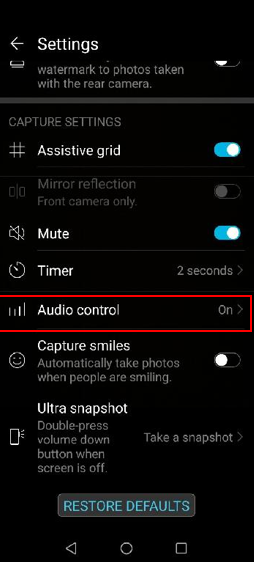

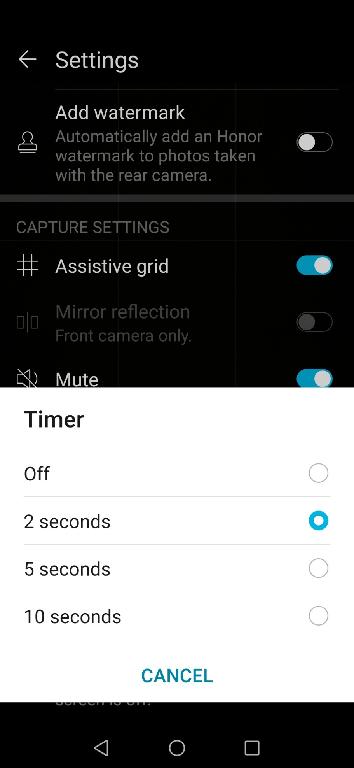

3. Pro mode
The Honor 20i is capable of taking dazzling macro shots, but if you want to get even closer, and to capture greater, activate Pro mode, and try your luck!
Metering mode, ISO, and EV
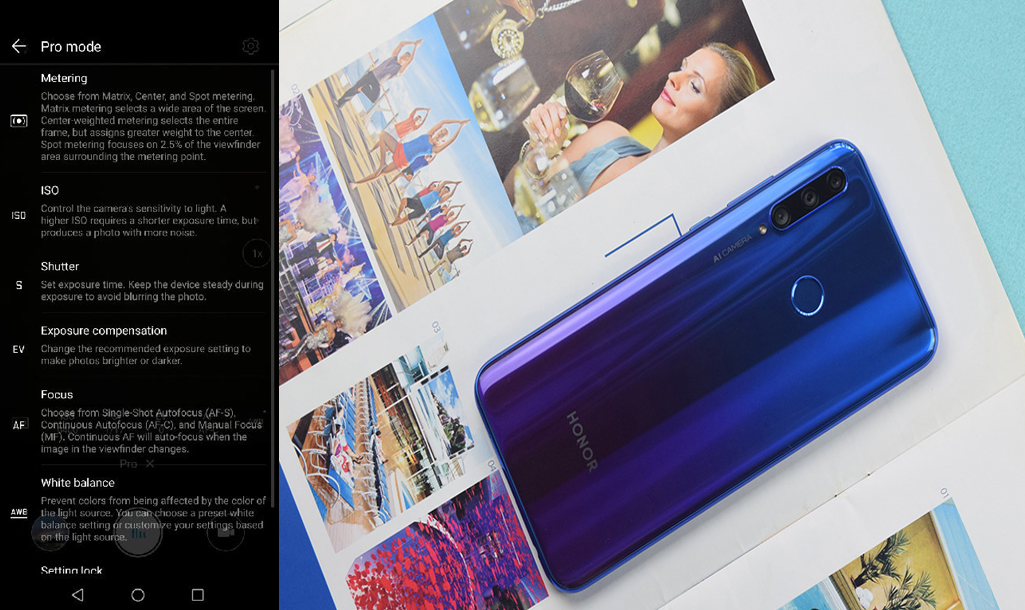
Metering is the method for calculating the optimal shutter speed and aperture, utilized by the camera's light meter, and based on the light intake and ISO. Three main metering settings are best utilized.
- Matrix metering is mainly used for landscape scenes, and involves a complex series of calculations that determine the best exposure for the overall image.
- Center-weighted metering is applicable for medium-range settings with a main element that dominates the image in the center of the frame, most commonly portrait shots.
- Spot metering is most suitable for close-up settings such as insects, flowers, and headshots.
ISO refers to the sensitivity of the image sensor. In principle, our eyes work the same way, adjusting their perception of the scene in front of them, according to how much light they take in. A higher ISO means that the sensor is more sensitive to light due to higher light intake, resulting in brighter pictures. A lower ISO results in darker pictures, due to reduced light intake.
Exposure value (EV) is a single number that describes how much light reaches the image sensor. It relates closely to ISO, in that the camera can compensate for low ISO by adjusting the shutter speed and aperture, thereby raising the EV. This method counteracts the effects of weak lighting, and successfully avoids overexposure in the bright areas of a dark scene.
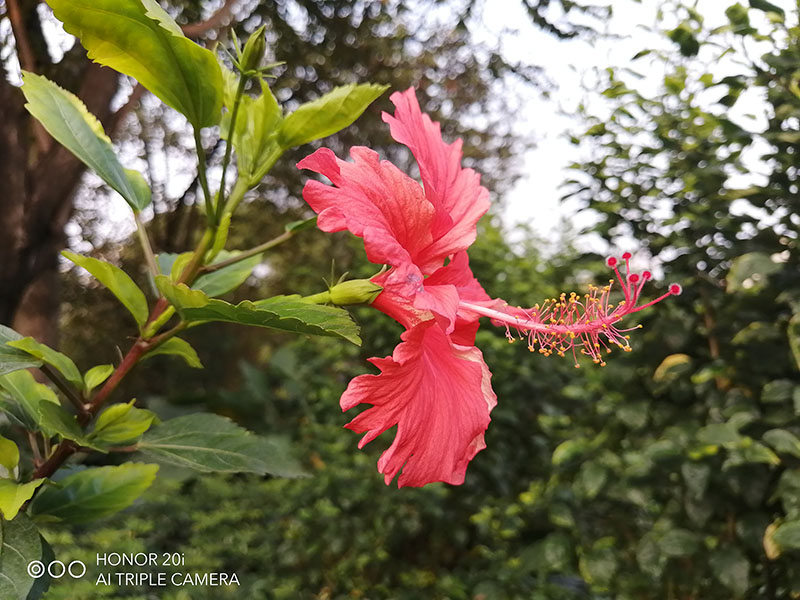
Let's say you come across this scene, and want to take a close-up shot. Follow the process below, and your picture should most likely come out the way you envision it.
1. If lighting is sufficient, as in the image above, adjust the ISO to a minimum of 50, to ensure the best image quality.
2. Under Meter mode, select Spot metering.
3. Set the focus mode to MF (manual focus), drag the slider to the left, until the image within the frame is most clear.
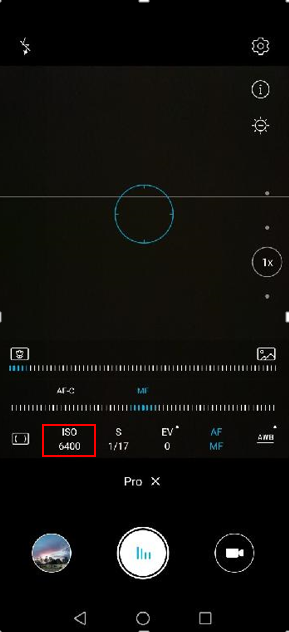
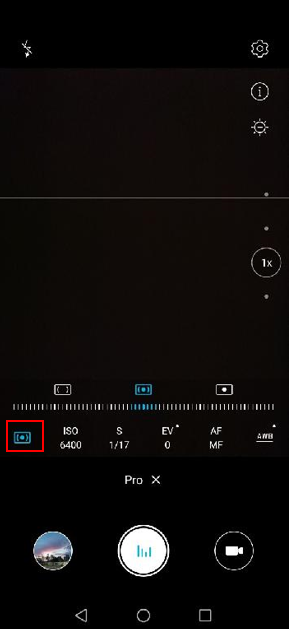
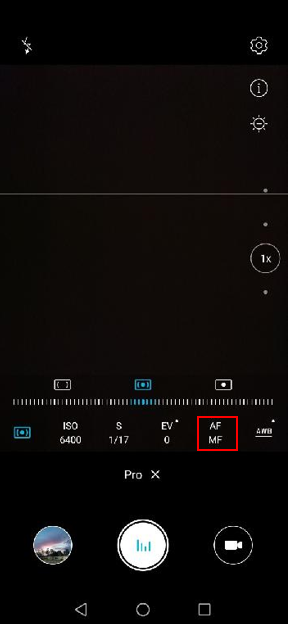
And you should be able to get something like this! Amazing, right? Try it out for yourself!





Summary
The Honor 20i contains a abundance of fun and useful camera features, but many users are unaware of convenience of manual settings that can improve their photography to even greater level! Go closer for astonishingly detailed shots, and learn the true meaning of the phrase "everything is relative". The world is your oyster!
- Details
- Pictures shared by others ({0})
- Featured posts / Un-Featured posts
- Pin in this section
- Un-pin in this section
- Pin all sections
- Un-pin all sections
- Favorite
- Unfavorite
- Favorited Successfully
- Unfavorited Successfully
- Quote
- Reply
- Top
- Un-top
- Delete
- Report
- Why are you reporting this?
- 1.Sexual content / Violence / Insults
- 2.Racial discrimination / Terrorism
- 3.Infringement / Privacy
- 4.Unauthorized transaction or advertisement
- 5.Others
- picture evidence
- Cancel
- Submit
- Choose an option
- Accepted
- View more
- Voting time:
- reply to
- The following content will be displayed after you reply
- A total of {0} people voted
- View more
- Energy
- You don't have permission
- honor.operation.report.self.tip
- You have reported this post
- empty
- You can only choose {0} options
- The comment has been deleted.
- Report successful
- Yes
- No
- The vote is not open yet
- Voting ended!
- Please vote..
- Confirm to jump to the link?
- Home
- Confirm to delete
- The link Copied
Modify Name
- Follow
- The nickname already exists!
- New nickname should be different from the old one.
- username contains special character
- Enter 1-20 characters
- The name cannot start with 'honor' or 'honorfans'
- The name cannot contain stop words
 Hot Posts
Hot Posts
 181033
181033
 1942
1942
 129223
129223
 2094
2094
 75871
75871
 19
19
 75240
75240
 1181
1181
SUBSCRIPTION
I agree to receive the latest offers and information on HONOR products through email or IM (e.g. WhatsApp) provided below and advertisement on third-party platforms. I understand that I can unsubscribe anytime according to Chapter 5 of HONOR Platform Privacy Statement.
CONTACT

Honor Technology (Malaysia) Sdn Bhd
(Registration No.: 202101003804)
1800-88-5645
9:00 AM - 6:00 PM
Copyright © Honor Device Co., Ltd. 2020-2025. All rights reserved.
We use cookies and similar technologies to make our website work efficiently, as well as to analyze our website traffic and for advertising purposes.
By clicking on "Accept all cookies" you allow the storage of cookies on your device. For more information, take a look at our Cookie Policy.
Functional cookies are used to improve functionality and personalization, such as when playing videos or during live chats.
Analytical cookies provide information on how this site is used. This improves the user experience. The data collected is aggregated and made anonymous.
Advertising cookies provide information about user interactions with HONOR content. This helps us better understand the effectiveness of the content of our emails and our website.
- Posts
- photo
- video

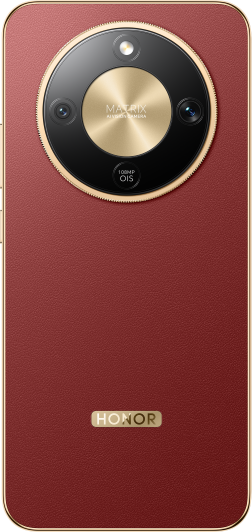

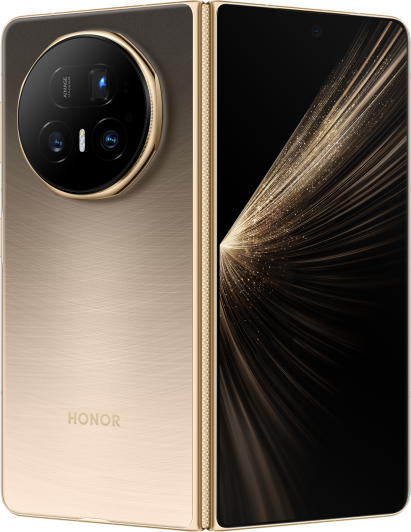


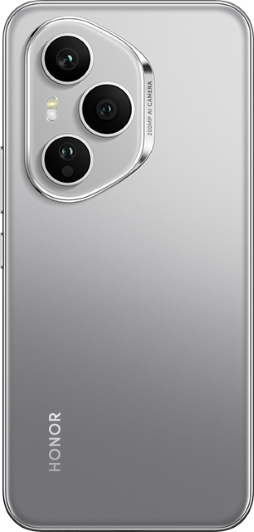


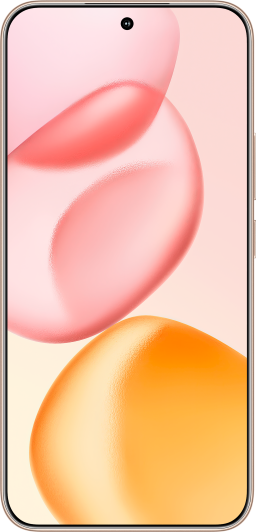
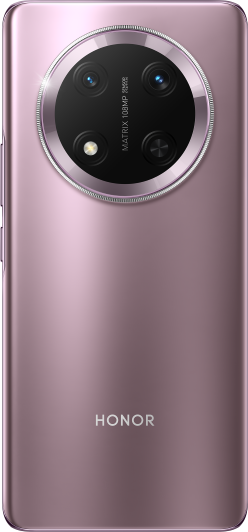

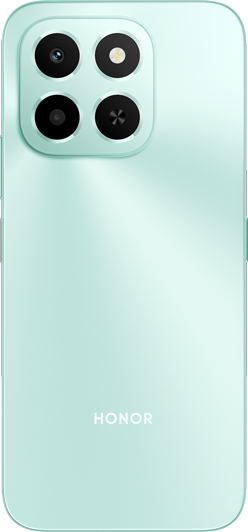





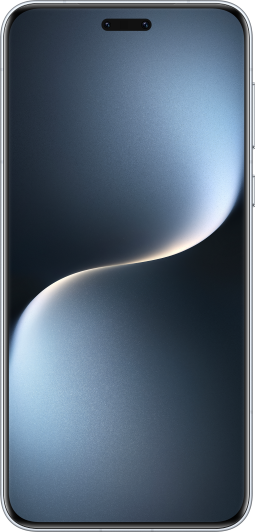



























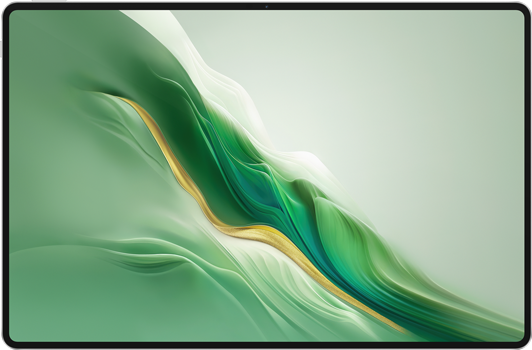



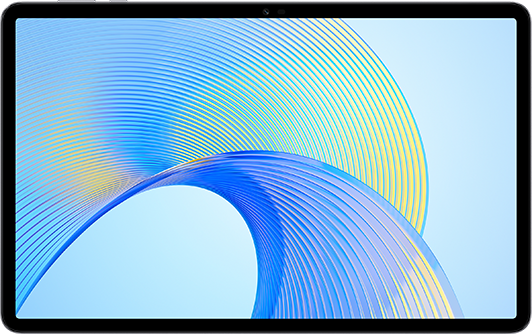



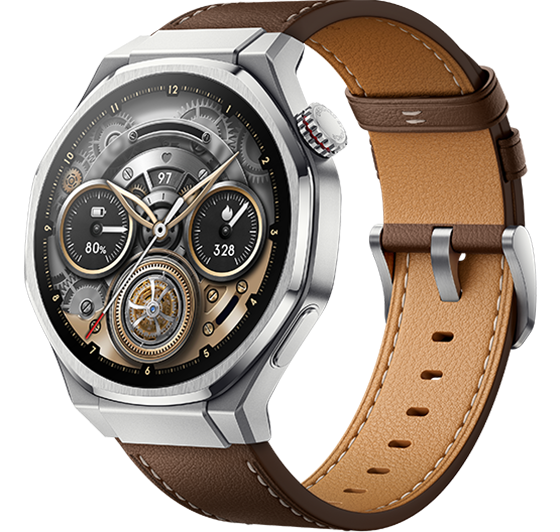





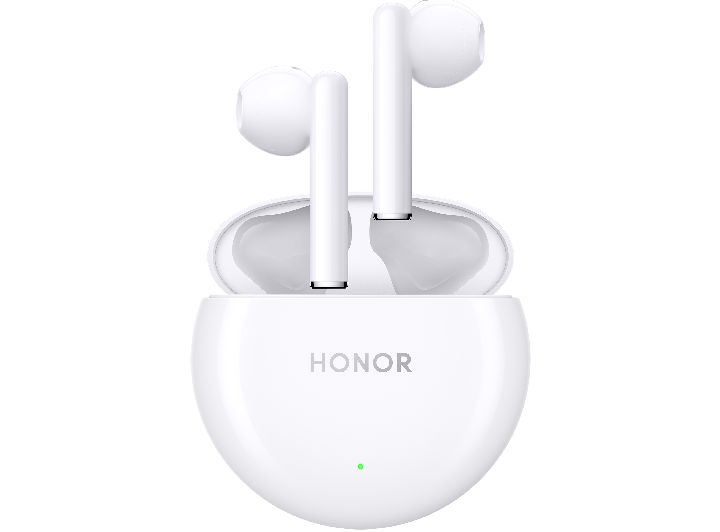


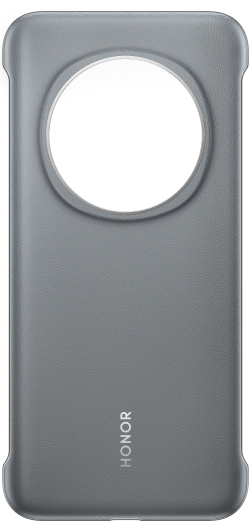


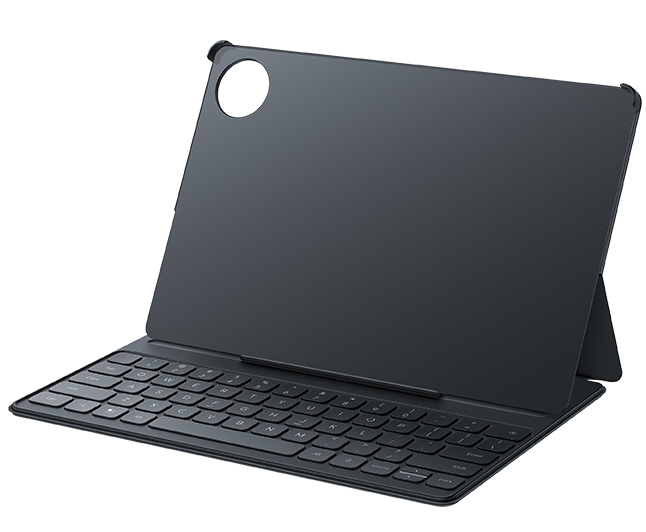
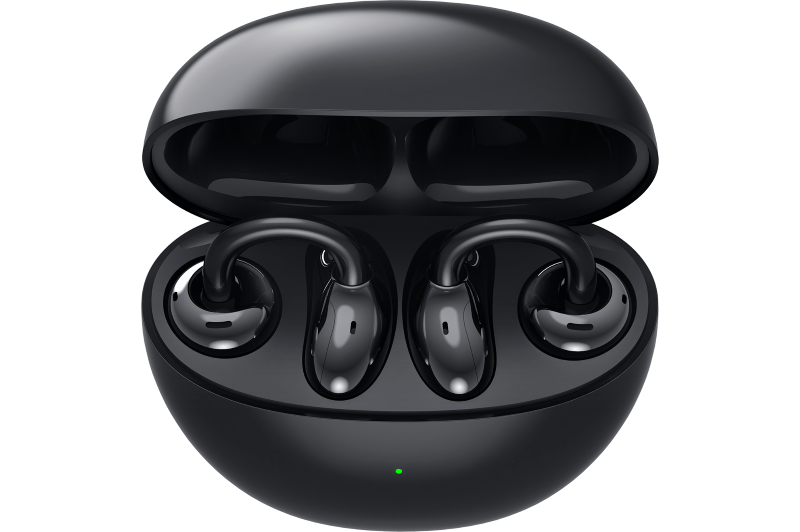













 Disagree Terms
Disagree Terms
 Log out
Log out



































The Honor 20i is packed with a 24 MP ultra-wide-angle tri-camera system, offering unmatched value at its price. But did you know that there are some handy settings that can vault your pictures into the realm of professional quality? To find out, take a look at some of the tips below.
1. Assistive Grid
Do you find that your pictures often come out crooked or out of balance? The "rule of thirds" is an important principle in composition, and a helpful rule of thumb for any aspiring photographer. Under the rule of thirds, the important elements in an image can be placed along the intersecting lines of a 9-box grid. The Assistive Grid works like a cheat code. By laying out a 9-block grid within the frame, it enables you to make sense of even the most complicated setting, and snap well-proportioned images with depth and texture, hassle free.
2. Audio Control and Timer
When snapping a close-up picture, even a slight hand jitter or movement can cause the image to blur. Even exhaling when you press the shutter can ruin an otherwise great shot! This is because you're dealing with such a small scale, which requires an extremely high degree of precision. By fixing the correct angle for the picture in advance, and activating the shutter at a planned instant, you can get perfect execution.
Fortunately, the Honor 20i comes with voice activated photography and timer settings that do precisely this. Simply set an appropriate duration under Timer, and Audio Control. Say "Cheese" and after the set amount of time, two seconds in the example below, the camera will automatically take the shot.
3. Pro mode
The Honor 20i is capable of taking dazzling macro shots, but if you want to get even closer, and to capture greater, activate Pro mode, and try your luck!
Metering mode, ISO, and EV
Metering is the method for calculating the optimal shutter speed and aperture, utilized by the camera's light meter, and based on the light intake and ISO. Three main metering settings are best utilized.
- Matrix metering is mainly used for landscape scenes, and involves a complex series of calculations that determine the best exposure for the overall image.
- Center-weighted metering is applicable for medium-range settings with a main element that dominates the image in the center of the frame, most commonly portrait shots.
- Spot metering is most suitable for close-up settings such as insects, flowers, and headshots.
ISO refers to the sensitivity of the image sensor. In principle, our eyes work the same way, adjusting their perception of the scene in front of them, according to how much light they take in. A higher ISO means that the sensor is more sensitive to light due to higher light intake, resulting in brighter pictures. A lower ISO results in darker pictures, due to reduced light intake.
Exposure value (EV) is a single number that describes how much light reaches the image sensor. It relates closely to ISO, in that the camera can compensate for low ISO by adjusting the shutter speed and aperture, thereby raising the EV. This method counteracts the effects of weak lighting, and successfully avoids overexposure in the bright areas of a dark scene.
Let's say you come across this scene, and want to take a close-up shot. Follow the process below, and your picture should most likely come out the way you envision it.
1. If lighting is sufficient, as in the image above, adjust the ISO to a minimum of 50, to ensure the best image quality.
2. Under Meter mode, select Spot metering.
3. Set the focus mode to MF (manual focus), drag the slider to the left, until the image within the frame is most clear.
And you should be able to get something like this! Amazing, right? Try it out for yourself!
Summary
The Honor 20i contains a abundance of fun and useful camera features, but many users are unaware of convenience of manual settings that can improve their photography to even greater level! Go closer for astonishingly detailed shots, and learn the true meaning of the phrase "everything is relative". The world is your oyster!